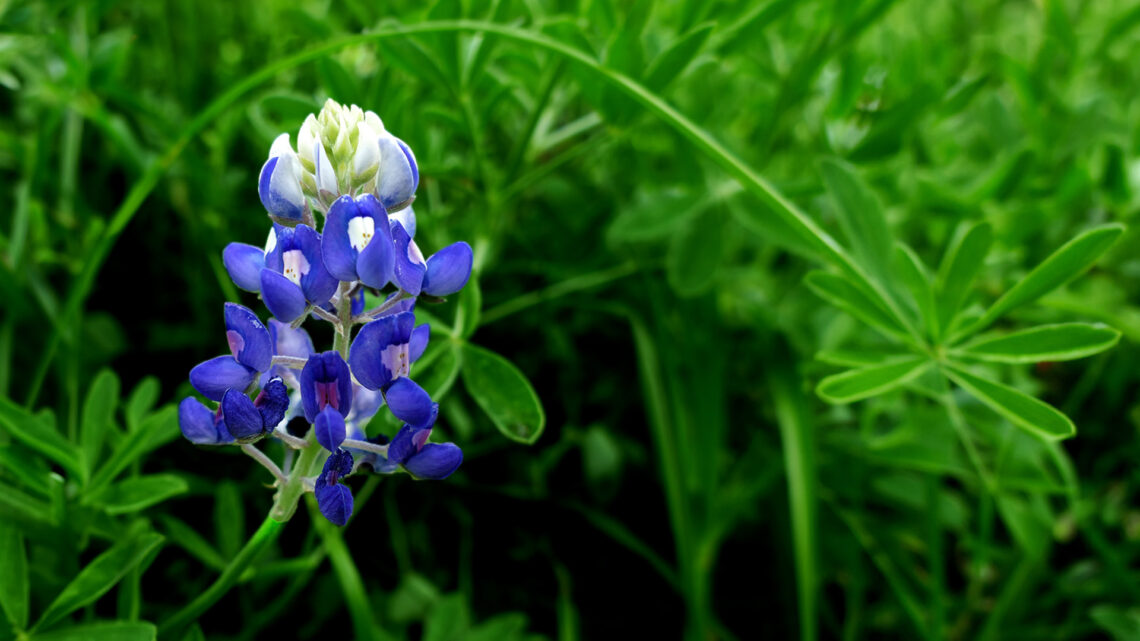
Ho’oponopono and The Tale of the Texas Bluebonnet: More Than A Mantra
Stepping into the realm of spirituality, you might stumble upon various healing practices, each with its unique essence. And if you’ve just scratched the surface of Hawaiian spirituality, you’ve probably come across ho’oponopono. If you’re thinking it’s merely a mantra of four simple phrases, buckle up for a deeper journey into its profound waters.
1. The Roots of Ho’oponopono: A Glimpse into Its Depth
Ho’oponopono isn’t a fancy fad. Neither is it a tool to ‘manifest’ your dreams, like the widely talked about Law of Attraction. Rather, its core principle is clearing or ‘cleaning’ one’s inner self from karmic data or memories, to create space for peace and clarity.
2. Dr. Ihaleakala Hew Len’s Blue Affinity
Enter Dr. Ihaleakala Hew Len, a pivotal figure in modern ho’oponopono, often associated with the four-phrase mantra. His teachings echo the profound essence of ho’oponopono, and in some of his talks, references to flowers like Bluebells and notably, the Bluebonnet, are sprinkled in.
3. Painting the Picture: The Beauty of the Bluebonnet
So, what’s the buzz about Bluebonnets? Found mainly in southwestern United States, particularly in Texas, the Bluebonnet is a spectacle. Come mid-March to April, landscapes come alive with their vivid blue blooms, juxtaposed with white prickly poppies and lavender Texas thistles. They don’t just add aesthetic value, though; they carry a rich backstory, deeply interwoven with Native American lore.
4. The Legend: A Bridge Between Cultures
The Native American legend of the bluebonnet resonates with ho’oponopono’s principles in a beautiful symphony. The tale narrates the courageous sacrifice of She-Who-Is-Alone, a young Comanche girl who, during a dire drought, offers her most prized possession to the Great Spirit. This selfless act of clearing, of giving up material attachment, parallels the ho’oponopono practice of cleansing one’s inner self.
Each spring, Texas’s sprawling landscapes are blanketed with bluebonnets, a testament to the Great Spirit’s acknowledgment of She-Who-Is-Alone’s generosity. It’s a reminder that self-sacrifice and cleaning can lead to external beauty and internal peace.
5. Ho’oponopono’s Deep-Rooted Significance
Drawing parallels, ho’oponopono asks its practitioners to relinquish material and egotistic attachments, to recognize the true enlightened beings that we are, under the guidance and grace of the Divine. The story of the bluebonnet not only complements this ethos but reinforces the significance of shedding the old to welcome the new.
6. The Bluebonnet: Beyond Folktales
Contrary to popular belief in Texas, picking bluebonnets isn’t illegal. But beyond its legal status or its botanical properties, its origin story stands as a symbol, a cleaning tool within the ho’oponopono practice.
To wrap it up, ho’oponopono is not about reciting mantras mindlessly. It’s a commitment to inner cleansing, a journey towards recognizing our true, divine selves. The story of the bluebonnet is a beautiful reminder of this. Embrace the legend, practice the cleaning, and witness the transformation.


You May Also Like

Ho’oponopono: A Path Away from the Darkness and Toward Healing

Dancing With Ho’oponopono: Embracing Joy in the Present Moment
